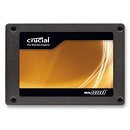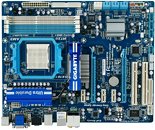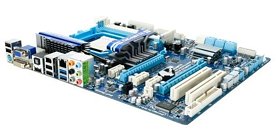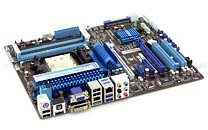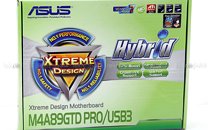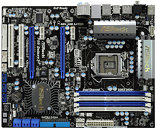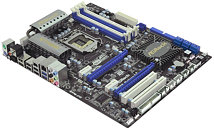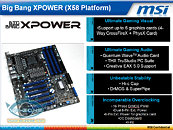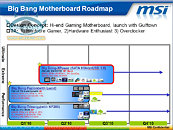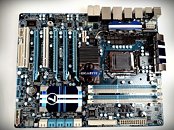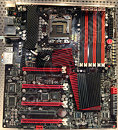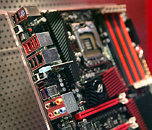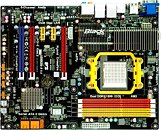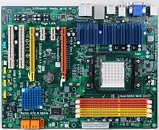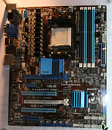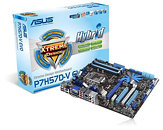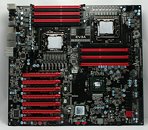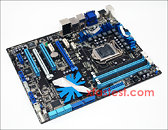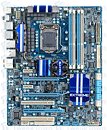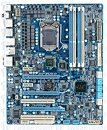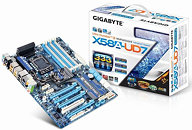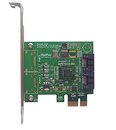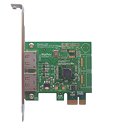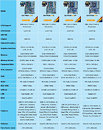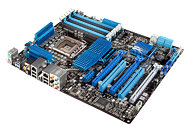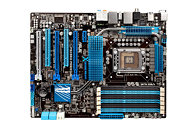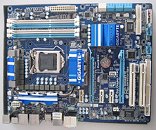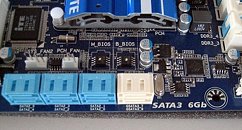
Crucial RealSSD C300 Goes on Sale
One of the industry's first solid state drives that use the new SATA 6 Gb/s interface - probably the only devices that can truly benefit from its bandwidth, the Crucial RealSSD C300 series has gone on sale, on the company's online store. The 128 GB variant (CTFDDAC128MAG-1G1) is priced at US $499.99, while the 256 GB one (CTFDDAC256MAG-1G1) goes for $799.99. Backed by expertise from IM Flash Technologies, the RealSSD C300 high-speed Synchronous NAND chips to achieve read speeds of 355 MB/s, something the device cannot achieve over SATA 3 Gb/s taking its natural bandwidth and protocol overhead into account.
Providing SATA 6 Gb/s controllers is a growing trend among motherboard manufacturers with upper mid-range and high-end motherboards. Many of these use Marvell 88SE9123-NAA2, a two-port controller that uses a single PCI-Express 2.0 lane for system interface. AMD's new SB800 series southbridge chips that will feature in motherboards with AMD 8-series chipset, which release next month, have native SATA 6 Gb/s support. This is where RealSSD finds its support base.
Providing SATA 6 Gb/s controllers is a growing trend among motherboard manufacturers with upper mid-range and high-end motherboards. Many of these use Marvell 88SE9123-NAA2, a two-port controller that uses a single PCI-Express 2.0 lane for system interface. AMD's new SB800 series southbridge chips that will feature in motherboards with AMD 8-series chipset, which release next month, have native SATA 6 Gb/s support. This is where RealSSD finds its support base.
